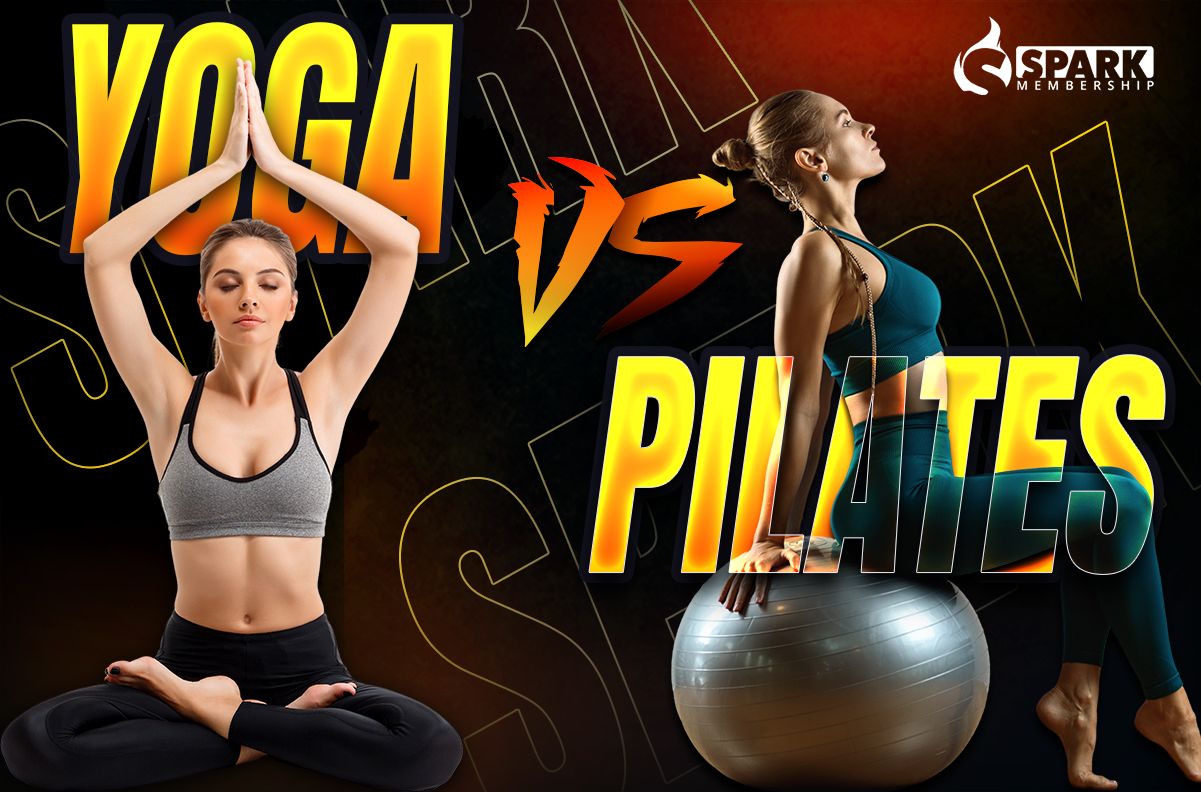
“What is the difference between yoga and pilates?” is a question many fitness enthusiasts ponder. While both yoga and pilates have become household names, each offering unique pathways to physical and mental well-being. While they may seem similar, understanding their distinct origins, principles, and benefits can help individuals make informed decisions tailored to their wellness goals.
What is Yoga
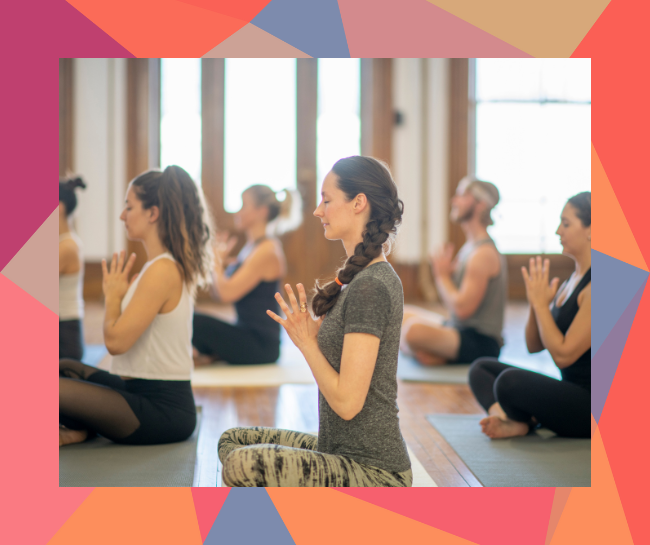
Originating over 5,000 years ago in ancient India, yoga is a holistic discipline intertwining the body, mind, and spirit. Rooted in spiritual traditions, it was used as a pathway to attain enlightenment and self-awareness.
What is Pilates
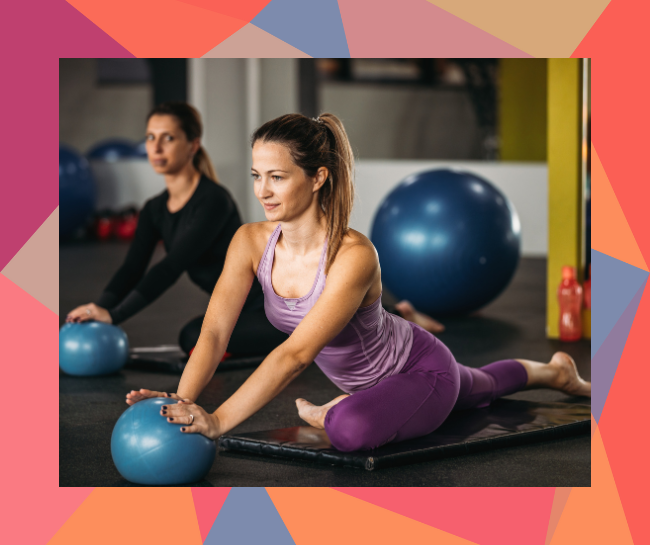
Named after its creator, Joseph Pilates, this practice emerged in the early 20th century. Designed as a physical rehabilitation technique for wounded soldiers in World War I, Pilates focuses on strengthening the body’s core.
Yoga and Pilates Fundamentals
The journey of understanding the world of yoga and pilates begins by delving into their foundational principles. While they both foster physical strength and mental well-being, their origins, philosophies, and practices diverge significantly.
Yoga:
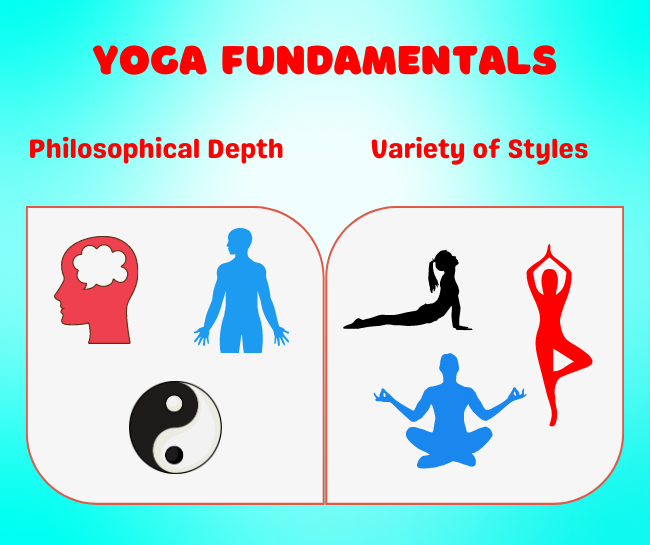
- Philosophical Depth: Rooted in ancient Indian traditions, yoga transcends mere physical postures. It intertwines the body, mind, and spirit, promoting a holistic balance. Practitioners often seek a deeper spiritual connection, integrating meditation and mindfulness into their routines.
- Variety of Styles: The world of yoga is vast and varied. From the gentle flow of Hatha, which emphasizes breathing and basic postures, to the dynamic sequences of Ashtanga that challenge even seasoned practitioners, there’s a style for every seeker. Vinyasa, Kundalini, and Yin are just a few other popular styles, each offering unique experiences.
💡 One unique aspect of yoga is its ability to blend physical fitness with mindfulness, promoting both flexibility and inner peace through a combination of physical postures and meditation techniques.
Pilates:
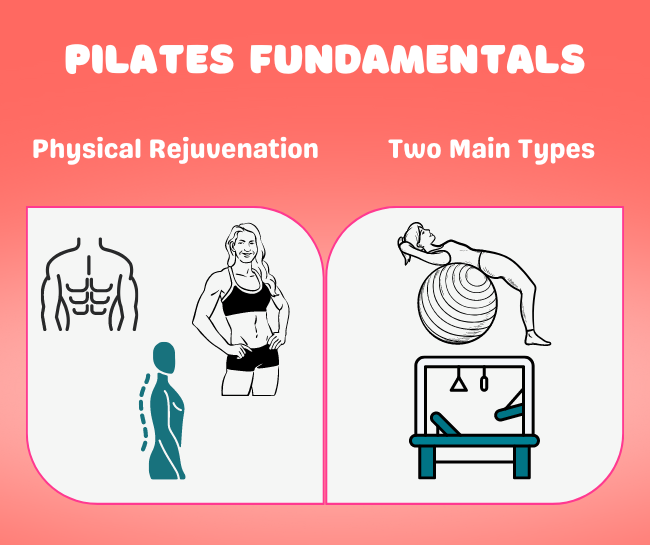
- Physical Rejuvenation: Developed by Joseph Pilates in the 20th century, pilates was initially a rehabilitation exercise for injured dancers and soldiers. Today, it’s renowned for emphasizing core strength, muscle toning, and spinal alignment, making it a favorite among athletes and fitness enthusiasts alike.
- Two Main Types: Pilates can be broadly classified into two categories. Mat pilates, which uses the practitioner’s body weight for resistance, often aided by props like bands or balls. Reformer pilates, on the other hand, involves specialized equipment with springs to provide resistance, facilitating a diverse range of exercises that can be adjusted to various difficulty levels.
💡 Did you know that Joseph Pilates, the creator of Pilates, originally called his exercise method “Contrology”? He believed that the mind and body should work together with precision and control, which is reflected in the name he initially gave to the practice. It wasn’t until after his death that the method became widely known as Pilates.
Delving into Well-being: Health Benefits of Yoga and Pilates
When selecting a fitness regime, understanding the tangible health benefits is essential. Both yoga and pilates offer a range of physical and mental advantages, but their focus varies.
Yoga:
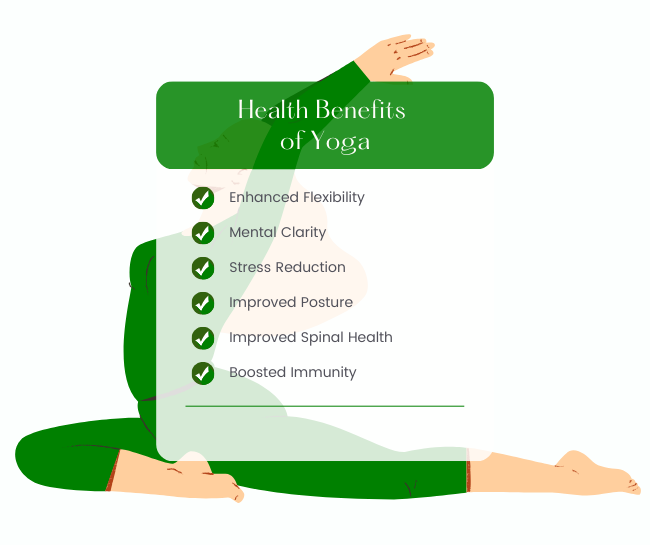
- Enhanced Flexibility: Regular yoga practice can lead to increased flexibility as it involves a series of stretches that target various muscle groups. Over time, practitioners notice an improvement in their range of motion.
- Mental Clarity and Stress Reduction: The meditative aspects of yoga, combined with deep breathing exercises, foster mental tranquility. This can lead to reduced stress levels, better sleep, and an improved overall mood.
- Improved Posture and Spinal Health: Many yoga poses are designed to strengthen the muscles around the spine, leading to better posture. This can help alleviate back pain and other related ailments.
- Boosted Immunity: The combination of physical postures, breathing exercises, and meditation can enhance immune function, preparing the body to ward off illnesses more effectively.
Pilates:
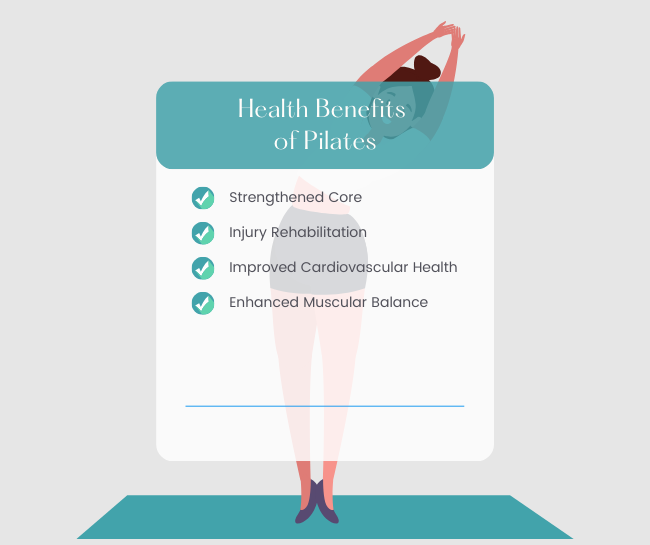
- Strengthened Core: Pilates is renowned for its focus on core muscles. A stronger core leads to better overall strength, improved balance, and a reduced risk of injuries.
- Injury Rehabilitation: Pilates exercises are often recommended in physical therapy. They offer a low-impact solution to rebuild strength and flexibility after an injury.
- Improved Cardiovascular Health: While pilates is not often associated with cardio, faster-paced routines can elevate the heart rate, promoting better cardiovascular health.
- Enhanced Muscular Balance: Pilates emphasizes working on the entire body, ensuring that no muscle group is over or under-trained. This creates a balanced muscular structure, promoting optimal function and reducing the risk of injuries.
Which is Right for You?
Determining whether yoga or pilates is the ideal fit for you depends heavily on your personal goals and preferences. Here are some insights to guide your decision:
- Seeking Spiritual Enlightenment and Mental Peace:
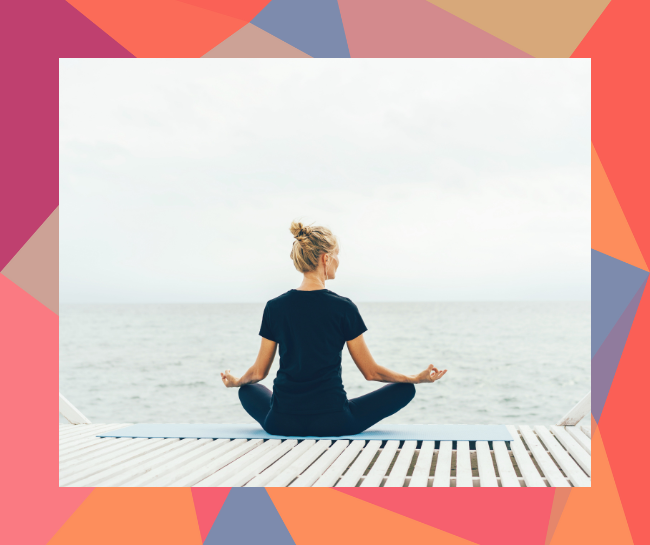
If your primary focus is to achieve mental clarity, manage stress, or delve into spiritual introspection, yoga might be the preferable choice. With its meditative practices and emphasis on the mind-body connection, yoga provides a holistic approach to well-being.
- Core Strength and Muscle Definition:
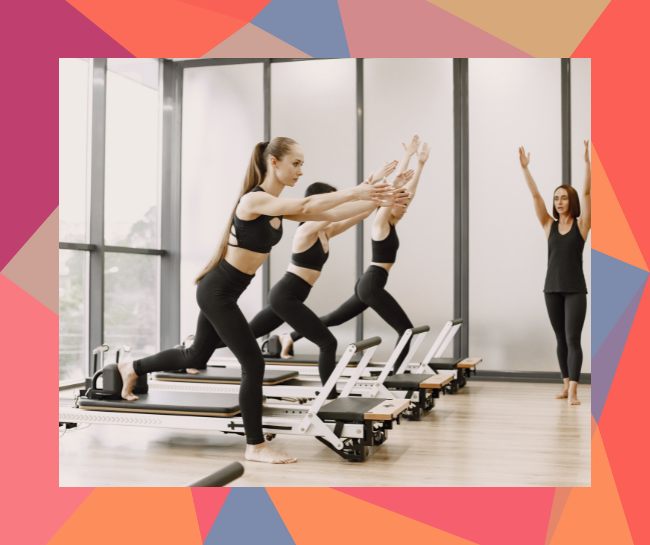
For those aiming to develop a strong core, improve muscle tone, and work on physical symmetry, pilates is specifically designed for these objectives. It’s particularly beneficial for those who want a structured workout that focuses on muscle development without excessive bulk.
- Physical Rehabilitation:
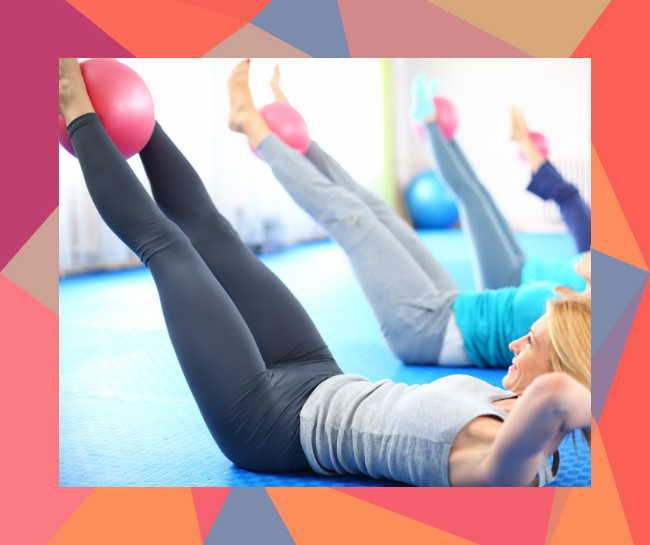
If you’re recovering from an injury and need a low-impact exercise regime, pilates, often used in physical therapy, can be a smart choice. Its precise movements target specific muscle groups, aiding in efficient recovery.
- Flexibility:
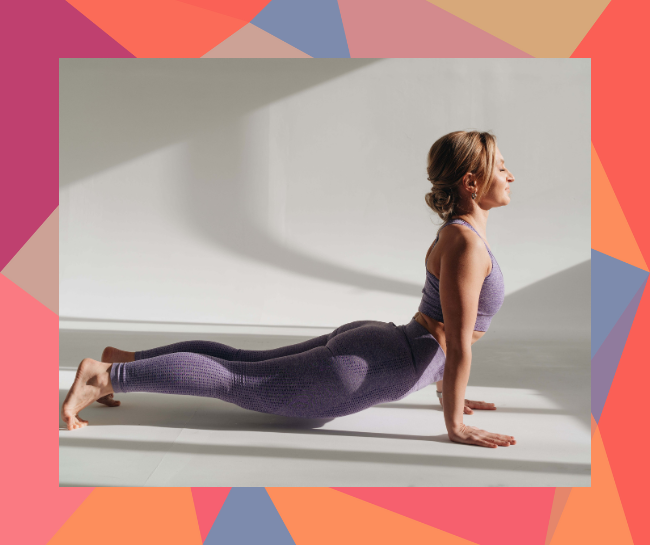
If enhancing your flexibility is a primary goal, yoga can offer progressive stretches and poses that challenge and elongate various muscle groups.
- Diverse Physical Challenges:
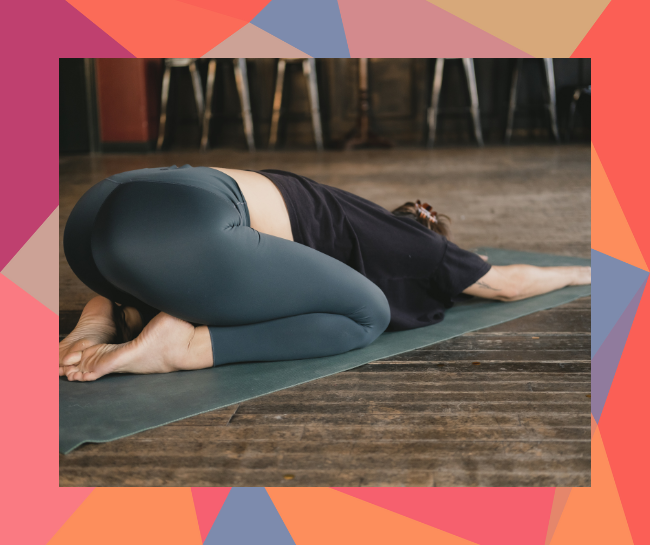
For those who enjoy varying intensity levels and want to explore different physical challenges, yoga offers various styles, from the more relaxed Yin Yoga to the high-intensity Ashtanga or Vinyasa flow.
- Preference in Equipment:

If you prefer using equipment to diversify your workouts, pilates, especially reformer pilates, incorporates machines that add resistance and variety to exercises.
The journey between choosing yoga and pilates isn’t just about physical fitness—it’s about aligning with a practice that resonates with your inner self. Both offer distinctive pathways to health, wellness, and self-awareness. While yoga provides a holistic experience merging the mind, body, and spirit, pilates focuses intently on physical strength, core stability, and rehabilitation. Your choice ultimately depends on your personal goals and what you seek in a wellness routine. Whatever path you choose, remember it’s the dedication, consistency, and passion you bring to the practice that truly makes a difference in your well-being.
Yoga Studio Owners, ready to boost class attendance? 🧘♀️ Dive into our blog “Boosting Yoga Class Attendance” for game-changing strategies. Plus, consider Spark Membership Software to streamline studio management.